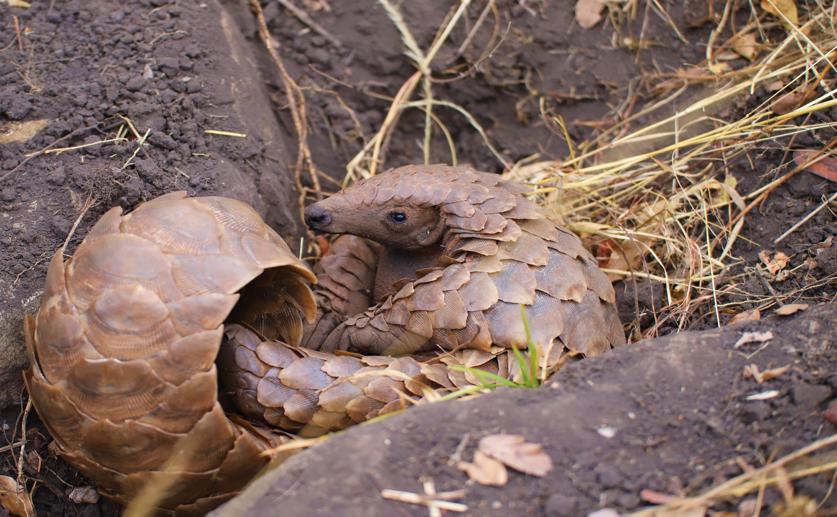
Understanding African Ground Pangolin Behavior Using Motion Sensors
Jim Crocker
23rd July, 2024

Image Source: Dr. Daire Carroll, University of Gothenburg
Key Findings
- Researchers in Zimbabwe validated the use of accelerometers to monitor ground pangolin behaviors accurately
- The study identified specific behaviors like walking, climbing, and resting using accelerometer data
- This method allows for continuous, non-invasive monitoring, aiding in better conservation strategies for the vulnerable ground pangolin
References
Main Study
1) Classification of African ground pangolin behaviour based on accelerometer readouts: validation of bio-logging methods
Published 22nd July, 2024
https://doi.org/10.1186/s40317-024-00377-y
Related Studies
2) Individual differences in behaviour explain variation in survival: a meta-analysis.
3) Ecological impacts of human-induced animal behaviour change.
4) Behavioural biology: an effective and relevant conservation tool.
Journal: Trends in ecology & evolution, Issue: Vol 22, Issue 8, Aug 2007
5) Early detection of health and welfare compromises through automated detection of behavioural changes in pigs.



 14th July, 2024 | Jim Crocker
14th July, 2024 | Jim Crocker